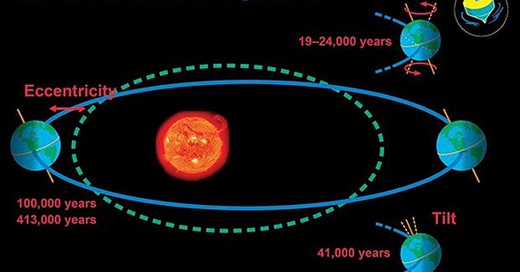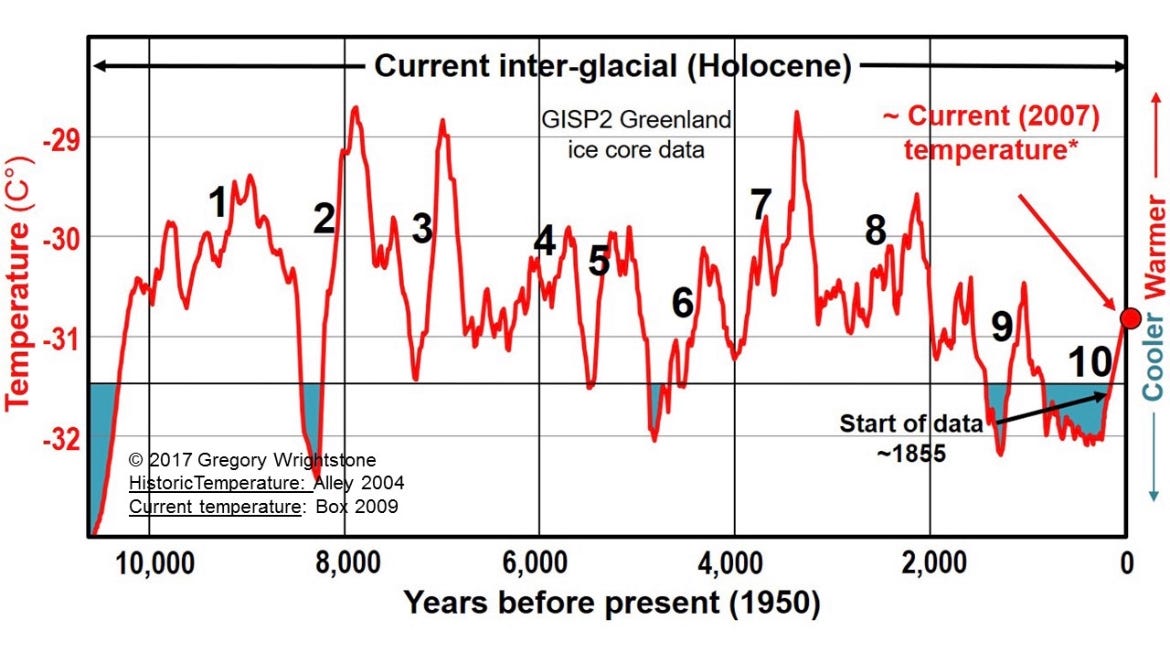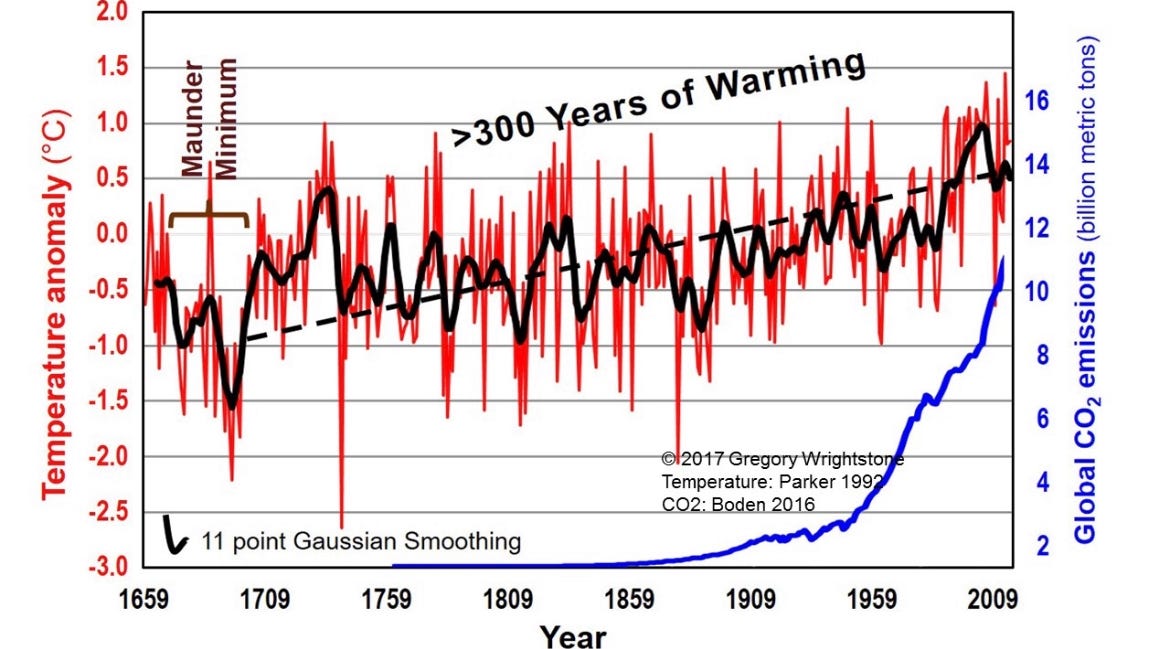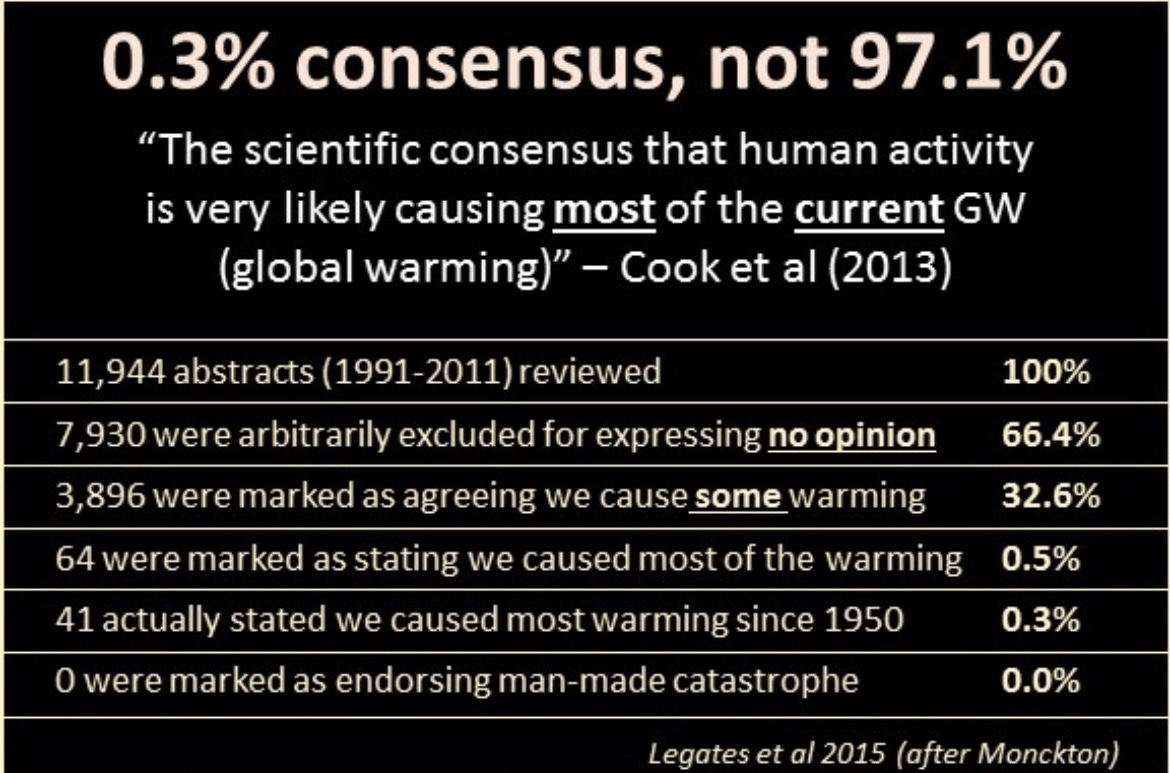What ICLEI Won’t Tell You About Climate Change: Ignoring the Interglacial Context
After sending an open letter to ICLEI, we expected meaningful engagement on legitimate questions raised about transparency, accountability, and the necessity of their climate programs. Instead, ICLEI published a page titled “Responding to Climate Misinformation”, which deflects from addressing valid concerns and doubles down on oversimplified narratives.
Among the FAQ responses on their page is a claim about the “main cause of climate change,” rooted in the oft-cited but heavily criticized "97% consensus." While this narrative dominates mainstream discussions, it conveniently ignores critical geological and historical contexts—most notably, the fact that we are currently in an interglacial period.
ICELI’s Claim: Human Activity is the Main Cause of Climate Change
ICLEI states:
"97% of climate scientists agree that the climate is warming and that the main cause of recent climate change is related to human activities. According to the Intergovernmental Panel on Climate Change (IPCC): 'Human activities, principally through emissions of greenhouse gases, have unequivocally caused global warming, with global surface temperature reaching 1.1°C above 1850-1900 in 2011-2020.'"
This framing:
Relies on debunked statistics: The "97% consensus" has been shown to misclassify and exclude studies presenting alternative perspectives, creating a distorted view of scientific agreement (Legates et al., 2013; Tol, 2014).
Ignores natural climate drivers: No mention is made of the significant role natural factors—such as Earth’s orbital cycles, solar radiation, and oceanic patterns—play in shaping long-term climate trends (Berger, 1978; Svensmark et al., 2007).
Neglects the interglacial period: The most glaring omission is the geological context of our current warming within the Holocene Epoch (Dansgaard et al., 1993).
The Interglacial Period: A Natural Warming Context
We are living in an interglacial period, a natural warming phase that has occurred repeatedly over Earth’s history. These periods:
Are driven by Milankovitch cycles, which alter Earth’s orbital relationship with the sun (Hays et al., 1976).
Typically last 10,000–15,000 years, with naturally warmer global temperatures compared to glacial periods (Shakun et al., 2012).
What ICLEI Overlooks:
Baseline Comparisons: The FAQ references temperatures “1.1°C above 1850-1900” but fails to mention that the 1850 baseline coincides with the end of the Little Ice Age, a naturally cooler period. Any warming since then is unsurprising and consistent with natural cycles (Loehle, 2007).
Historical Warmth: Previous interglacial periods, such as the Eemian (about 130,000 years ago), were warmer than today, with no human influence. This context raises serious questions about the narrative that today’s warming is primarily driven by human activity (CAPE Project Members, 2006).
The Urban Heat Island Effect: Ignoring Local Influences
ICLEI also fails to address the urban heat island effect—a well-documented phenomenon where urbanization causes localized warming due to heat-absorbing materials like concrete and asphalt. These changes:
Are unrelated to CO₂ emissions and instead result from human development patterns (Oke, 1982).
Distort temperature records, inflating warming trends in urban areas compared to rural areas (McKitrick & Michaels, 2007).
Ignoring these localized effects undermines the credibility of climate models and highlights the need for more nuanced, region-specific policies rather than sweeping CO₂-focused mandates.
What the Science Actually Shows
While human activity likely contributes to some warming, the scale and impact of this contribution are far from settled science. In fact:
Legates et al. (2013) found that only 0.3% of peer-reviewed papers explicitly stated humans are the primary cause of global warming.
Natural variability, such as solar cycles and volcanic activity, continues to play a dominant role in global climate patterns (Christy & Spencer, 2013).
ICLEI’s narrative is overly simplistic, disregarding the complexity of climate systems and the influence of natural drivers. This selective representation of science is particularly concerning given its role in shaping costly municipal policies under programs like the Partners for Climate Protection (PCP).
The Unnecessary Push for CO₂ Reduction
ICLEI’s emphasis on CO₂ reduction policies through the Partners for Climate Protection (PCP) program, often at the expense of local autonomy and financial sustainability, raises significant concerns:
Economic Costs: Municipalities and residents bear the financial burden of implementing climate action plans that prioritize global mandates over local priorities.
Questionable Necessity: If natural drivers play a significant role in climate change, the disproportionate focus on CO₂ reduction under PCP may not only be ineffective but unnecessary.
Erosion of Local Authority: Programs like PCP often align local governance with global agendas, sidelining community-driven environmental solutions.
Our Response to ICLEI’s Misinformation Page
ICLEI’s page on “climate misinformation” deflects from addressing legitimate public concerns. Instead of engaging transparently, ICLEI dismisses critics as part of “well-orchestrated networks” or “populist movements,” effectively silencing dissent.
To read our full response to ICLEI’s misinformation page and their failure to address key questions, click here: Response to ICLEI.
Call to Action: Demand Transparency
ICLEI’s refusal to engage in an open, balanced discussion about the science and implications of its programs undermines public trust. As citizens and local representatives, we must:
Demand clear, evidence-based answers to questions about climate science and policy.
Insist on cost-benefit analyses for programs like PCP.
Push for public consultation on policies that significantly impact municipalities.
For full transparency, ICLEI should address the role of interglacial periods, natural variability, and the urban heat island effect in shaping climate trends. Anything less is a disservice to the communities they claim to serve.
References
Berger, A. (1978). Long-term variations of caloric insolation resulting from the Earth's orbital elements.
Christy, J. R., & Spencer, R. W. (2013). Satellite measurements of global climate trends.
Hays, J. D., et al. (1976). Variations in Earth's orbit: Pacemaker of the ice ages.
Oke, T. R. (1982). The energetic basis of the urban heat island.
Tol, R. S. J. (2014). Quantifying the consensus on anthropogenic global warming.
Svensmark, H., & Calder, N. (2007). The Chilling Stars.
Loehle, C. (2007). A 2000-year global temperature reconstruction.
Legates, D. R., et al. (2013). Climate consensus and misrepresentation.









The Clintel work is great, but limited in information. It's time to up your ante in the research and turn to Jim Lee's site - @ClimateViewer on substack
or
website home https://climateviewer.com
150 years of weather modification history site https://weathermodificationhistory.com
Jim is likely the top researcher capable of ending modified weather (ENMOD) and is an active nominee for the MAHA program
https://climateviewer.com/enmod/